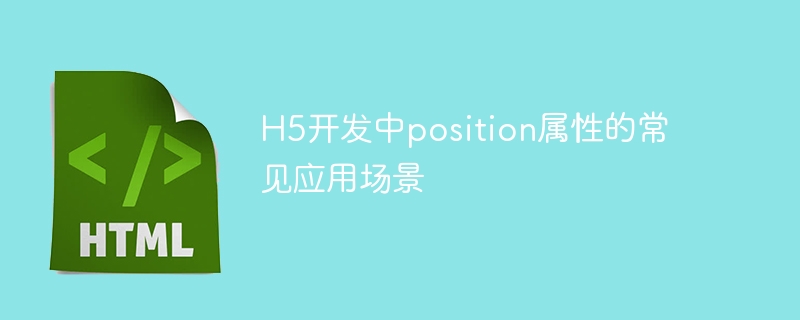

Common application scenarios of the position attribute in H5 development, specific code examples are required
In H5 development, the position attribute of CSS is very important, it controls the position of the element in the web page positioning method. By properly applying the position attribute, we can achieve flexibility and beauty in page layout. In this article, we will introduce common application scenarios of the position attribute and illustrate them with specific code examples.
div {
position: relative;
top: 20px;
left: 30px;
}div {
position: absolute;
top: 50px;
left: 100px;
}div {
position: fixed;
top: 10px;
right: 20px;
}div {
position: sticky;
top: 50px;
}These are common application scenarios for the position attribute. There are many other ways to use it in actual development, and it can be flexibly applied according to specific needs. It is worth noting that in order to achieve the expected layout effect, we need to pay attention to factors such as the hierarchical relationship of positioning elements, the positioning attributes of parent elements, and the box model.
Summary:
The position attribute is very important in H5 development. Through it, we can realize various needs of page layout. Static positioning, relative positioning, absolute positioning, fixed positioning and sticky positioning are common methods. Each method can control the position of the element through the top, right, bottom and left attributes. For developers, it is very necessary to be proficient in the application of the position attribute. It can help us create more flexible and beautiful web pages.
The above is the detailed content of Common application scenarios of position attribute in H5 development. For more information, please follow other related articles on the PHP Chinese website!




